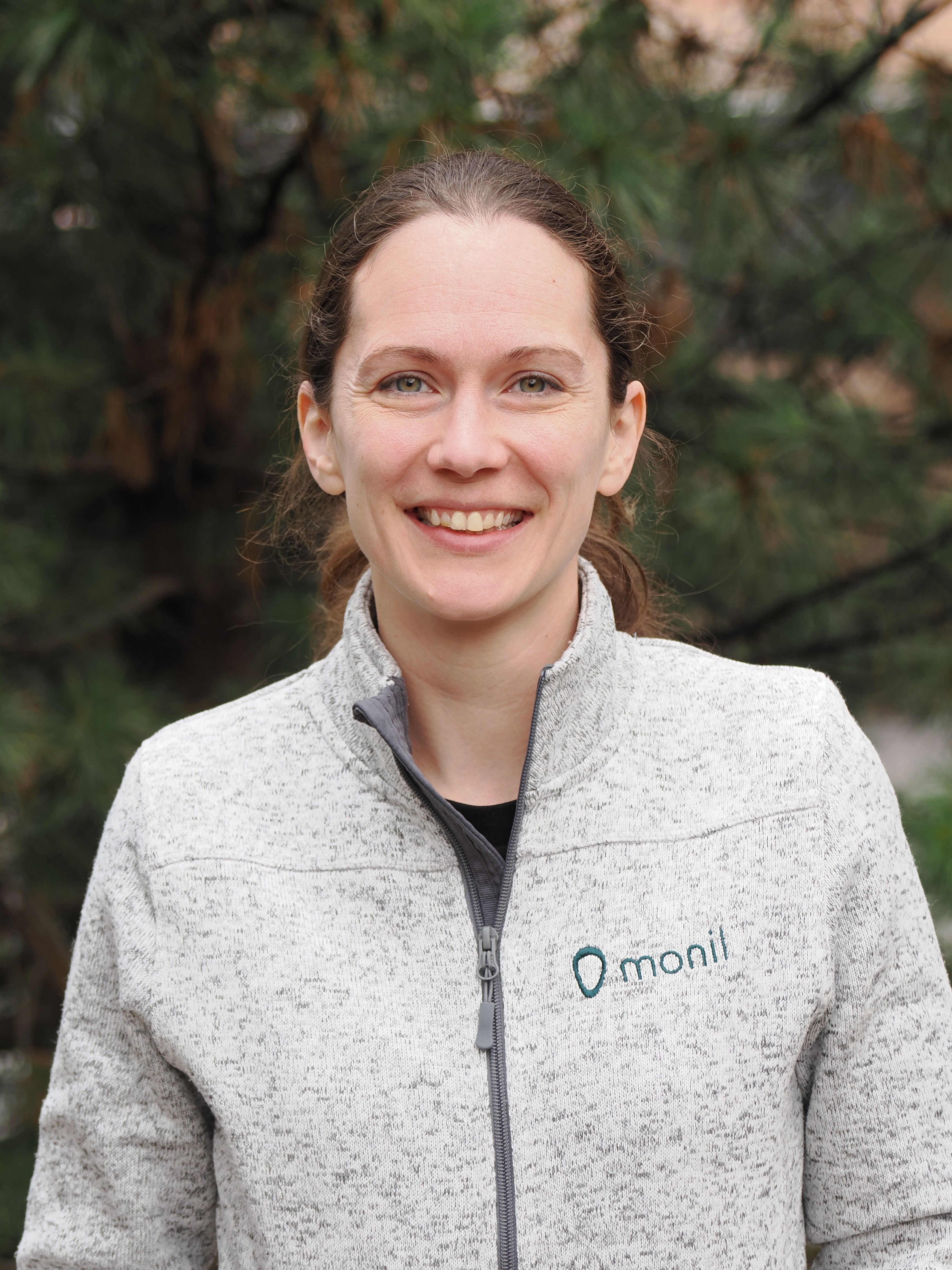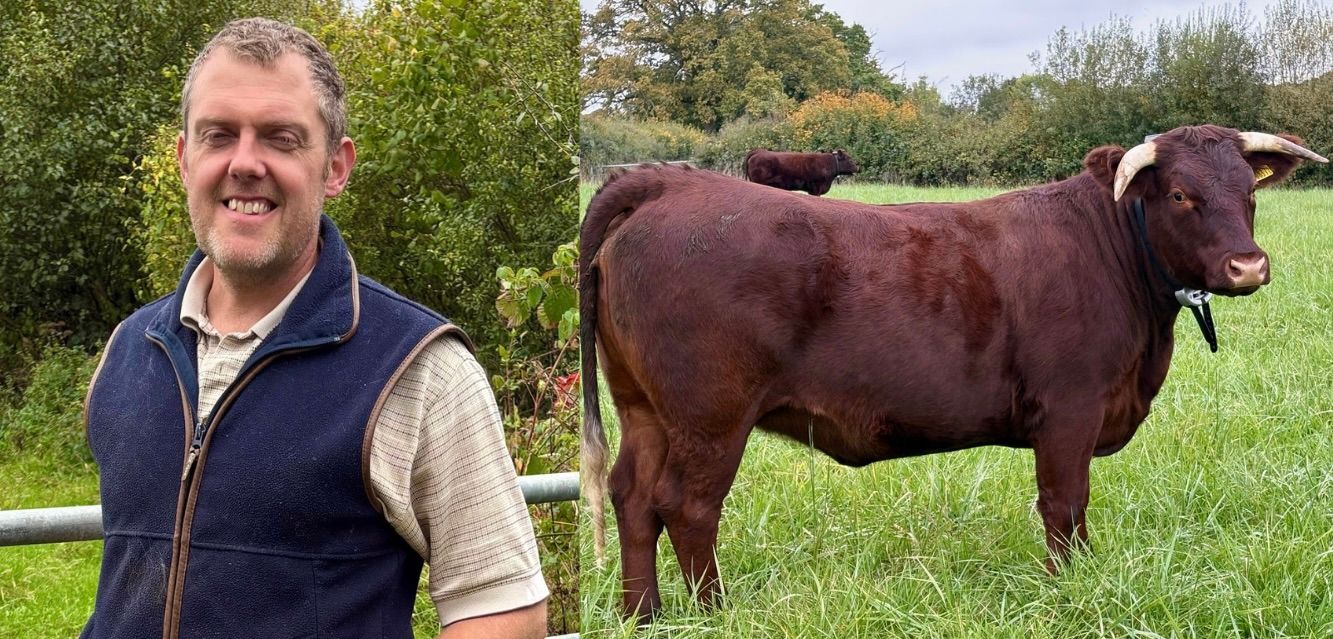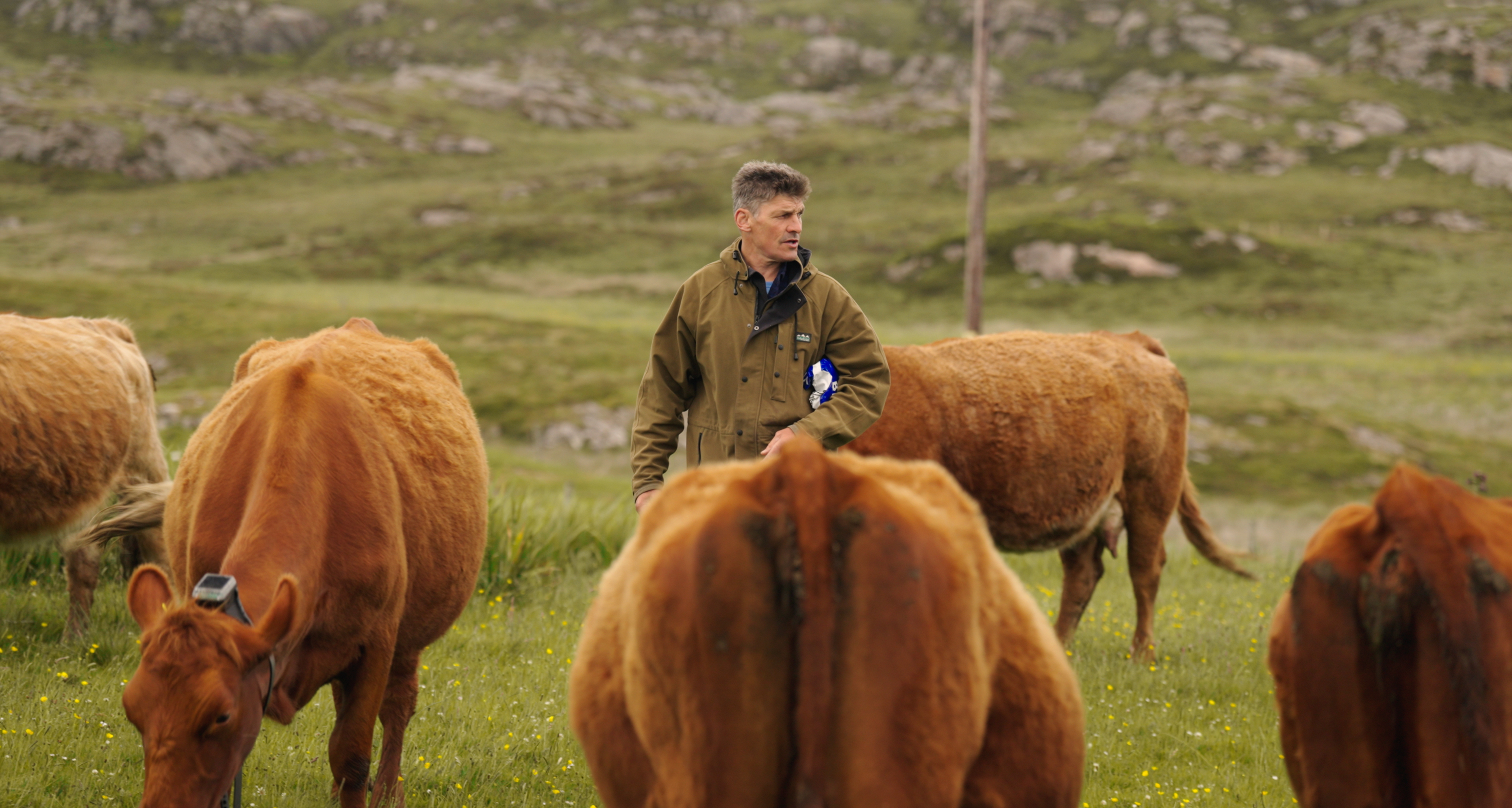How Good Grazing Leads to Better Dairy Products
Sygarden Farm in Valdres cares deeply about grazing. They take pride in maintaining extensive outfield grazing, a Norwegian tradition.


Sygarden sits nestled in the idyllic mountainous landscape of Valdres. On a cold January day, it’s even more picturesque with clear skies and a warm fire inside the farm’s main house. A table filled with local cheeses sits ready for the Monil team when they arrive to fit brand new collars on the dairy cows.
A neighbor first introduced Björn and Erika to Monil’s virtual fencing. “We wanted virtual fences, and our neighbor was going to try Monil, so we joined in, too.” They’ve since appreciated the support and communication with Monil. “The ambition from the Monil team is there, and the communication is outstanding. They ask questions and call me back. It’s a collaboration.”
“Good communication is important. The 5-year warranty is fantastic. And you can replace parts of the collar instead of throwing the whole thing away if needed. Farmers like that.”
The farm is currently home to 15 Norwegian heritage Westland Fjord cattle, along with some young animals and calves. All the animals are outside year-round, grazing on pastures around the farm in winter. As soon as the snow melts, they are released into larger areas. The family manages two mountain pastures. In summer, the animals first graze the diverse pastures around the farm before moving to the mountains on the edge of the mountain range of Jotunheimen.
“For us, grazing—both at the farm and in the mountains—is essential. It makes for fantastic dairy products. Biologically rich forage produces flavorful milk, which gives us amazing cheese and other dairy products. At the same time, we maintain the cultural landscape.”
Good Milk Comes from Good Grazing
Björn and Erika are passionate about grazing and the grazing culture, a tradition that has long been a cornerstone of Norwegian farming. “We’re proud to be able to maintain extensive outfield grazing.”
“When we bought the farm, we wanted the animals to graze as much as possible. If we want good cheese, we need good milk. For that, we need good grazing.” The animals are used to the summer tradition, but it took time to establish those expectations and work to make seasonal transitions smooth. But the effort to secure good grazing is worth it. The cows are eager to eat whatever awaits them when they reach the mountain pasture.

Grazing Operations, Pasture Management, and Animal Welfare
For the Nylander/Lystedt family, grazing operations, pasture management, and good animal welfare are central. They emphasize the need to stay closely connected with the customers who buy their cheese. Björn wants customers to experience the farm with all their senses: to smell the hay, pet a cow, and understand where the food comes from. The family invites visitors to explore the steep hills and hopes the experience becomes a lasting memory.
The Nylander/Lystedt family has run Sygarden in Hålien since 2018. Björn is responsible for the farm and the cows, while Erika combines farming with her work as a doctor. They co-own the farm equally. Their children—Helmer, Alve, and Emre—also help out after school.
The family makes cheese from the milk, which maintains high quality thanks to summer grazing. It’s quality you can taste, making the cheese a sought-after product among customers. The farm sells its products directly and through farmers’ markets in Valdres.
“There is a direct link between diverse forage and the quality of the milk. When we get good milk, we also get excellent cheese.”
The Contribution to Biodiversity
Biodiversity is important, and while Norway’s pastureland flora is especially rich, there are fewer and fewer grazing animals in the outfields. Monil helps counter this trend by giving farms like Sygarden the opportunity to make better use of these grazing areas.
“Our customers don’t just buy cheese and milk from us—they buy biodiversity and a living cultural landscape. With our products, we want to give customers a connection to and understanding of biodiversity and the cultural landscape. They should be able to taste the landscape in the products.”
Björn is a natural spokesperson for more locally produced food and emphasizes why Norwegian-produced food is often a safer and more sustainable choice: “Halloumi cheese, for example, is always imported from Cyprus. Cyprus uses high amounts of antibiotics per liter of milk produced. That doesn’t necessarily mean the milk contains the most antibiotics, although the risk is there. Norway is on the opposite end of the scale. We need more locally produced cheese from Norway.”
Virtual Fences Reduce Costs and Increase Grazing Opportunities
Björn recommends that farmers considering virtual fencing look at the key figures. The cost of physical fences can be high, especially when trying to utilize larger grazing areas. When you calculate the potential savings and increased grazing opportunities, the benefits of virtual fencing become clear. Physical fences are expensive, and quickly become even more so in areas where fencing is impossible but grazing would be ideal. The ability to use larger areas and extend the grazing season was a strong motivation for the farmers in Valdres.

“We wanted to be able to use more pasture and access larger grazing areas. The potential is huge. If you can graze just two weeks longer, you save a lot.” He adds that if you think just about the cost of a round bale, for instance: for every day that you don’t need to feed the animals a bale, you save money.
He believes the winter-tested collars look promising. In the darkest months, they need to be charged about every other week, but “that’s totally acceptable, considering how hard it is to maintain electric fences during snowy winters in Valdres.”
“The new collars seem to be working very well so far, and we’re looking forward to summer when we can use them to the fullest.”
Want to transform your grazing this season? Ask for an offer or fill out this form and we will be in touch shortly:

